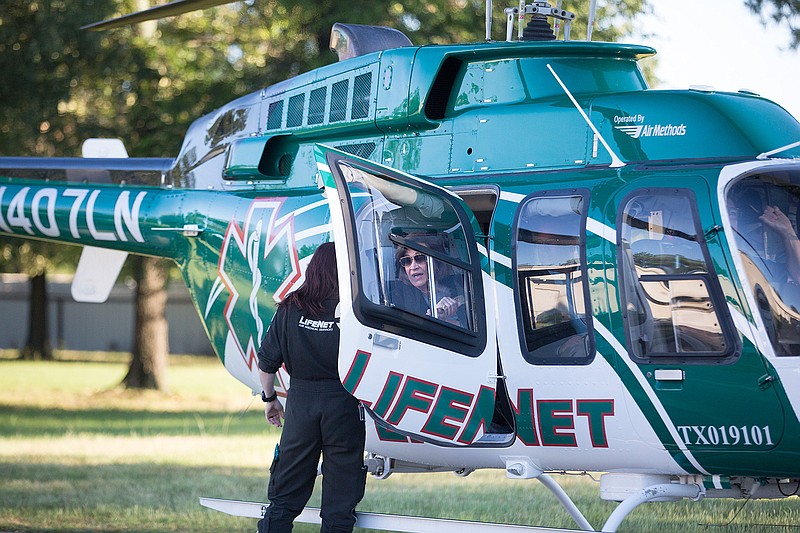LifeNet, Inc. recently released its 2018 Sudden Cardiac Arrest Report, which found that 14 percent of patients who suffered an out-of-the-hospital cardiac arrest in the Texarkana Area survived until discharge.
That survival statistic is higher than the national average of 10 percent.
In 2018, LifeNet's Texarkana Division responded to 479 calls for patients who had suffered an SCA. The division includes Bowie, Red River and part of Cass counties in Northeast Texas, along with Miller County in Arkansas.
LifeNet attempted resuscitation on 166 of the patients, resulting in 84 taken to the hospital and 82 field terminations. Fifty-five patients had return of spontaneous circulation, while 24 patients survived to discharge.
LifeNet has been reporting on cardiac arrest data for every adult patient whose sudden cardiac arrest is deemed to be of a medical and nontraumatic origin since 2006.
"It takes a village to save a patient who has gone into cardiac arrest. Of the 24 people who survived in our Texarkana Division, 23 of the events were witnessed by a bystander," said David Baumgardner, CEO of LifeNet. "There are two things anyone in the community can do to help improve survival rates. The first is learn CPR, and the second is to know how to use an AED."
An automated external defibrillator is an easy-to-use medical device that analyzes the heart's rhythm and, if necessary, delivers an electrical shock, or defibrillation, to help the heart re-establish an effective rhythm.
"It is a wonderful device that will save lives, and we need more of these in the community. We want everyone to know CPR, and we want every street corner to have an AED," Baumgardner said. "LifeNet offers a matching-fund program to help nonprofits and first responder organizations purchase AEDs. We believe it is important to help equip the people most likely to respond first on the scene with the tools they need to improve a patient's chance of survival."
LifeNet also offers free bystander CPR and AED training classes to groups of 10 or more people.
"It is now recommended that the non-medical bystander perform hands-only CPR without mouth-to-mouth breaths if they see a teen or adult suddenly collapse in an out-of-hospital setting. Our goal with the free training classes is to teach the community how to do quality chest compressions and use an AED," said Tina Bell, director of public relations for LifeNet. "When someone goes into cardiac arrest, the body has enough residual oxygen in it that a bystander should be able to do hands-only CPR until a first responder can get there to provide oxygen."
To learn more about sudden cardiac arrest, visit LifeNetEMS.org/cardiac-arrest-report. To schedule a free class or to learn more about the AED Matching Fund Program, call 903-556-0301.
-From LifeNet

